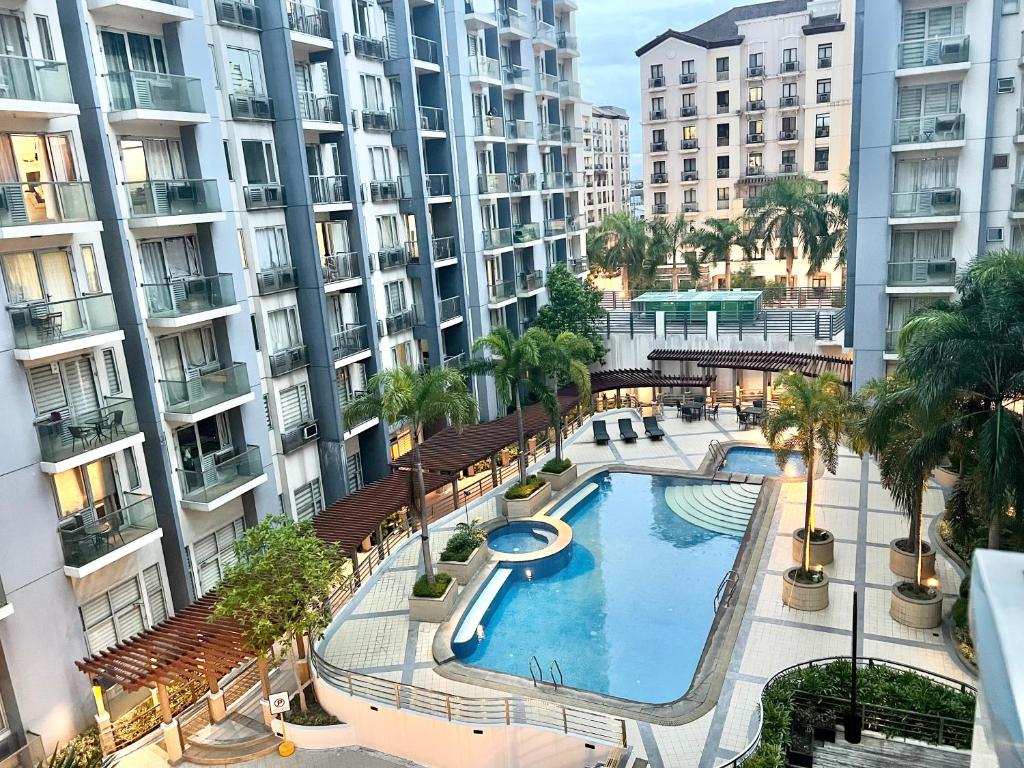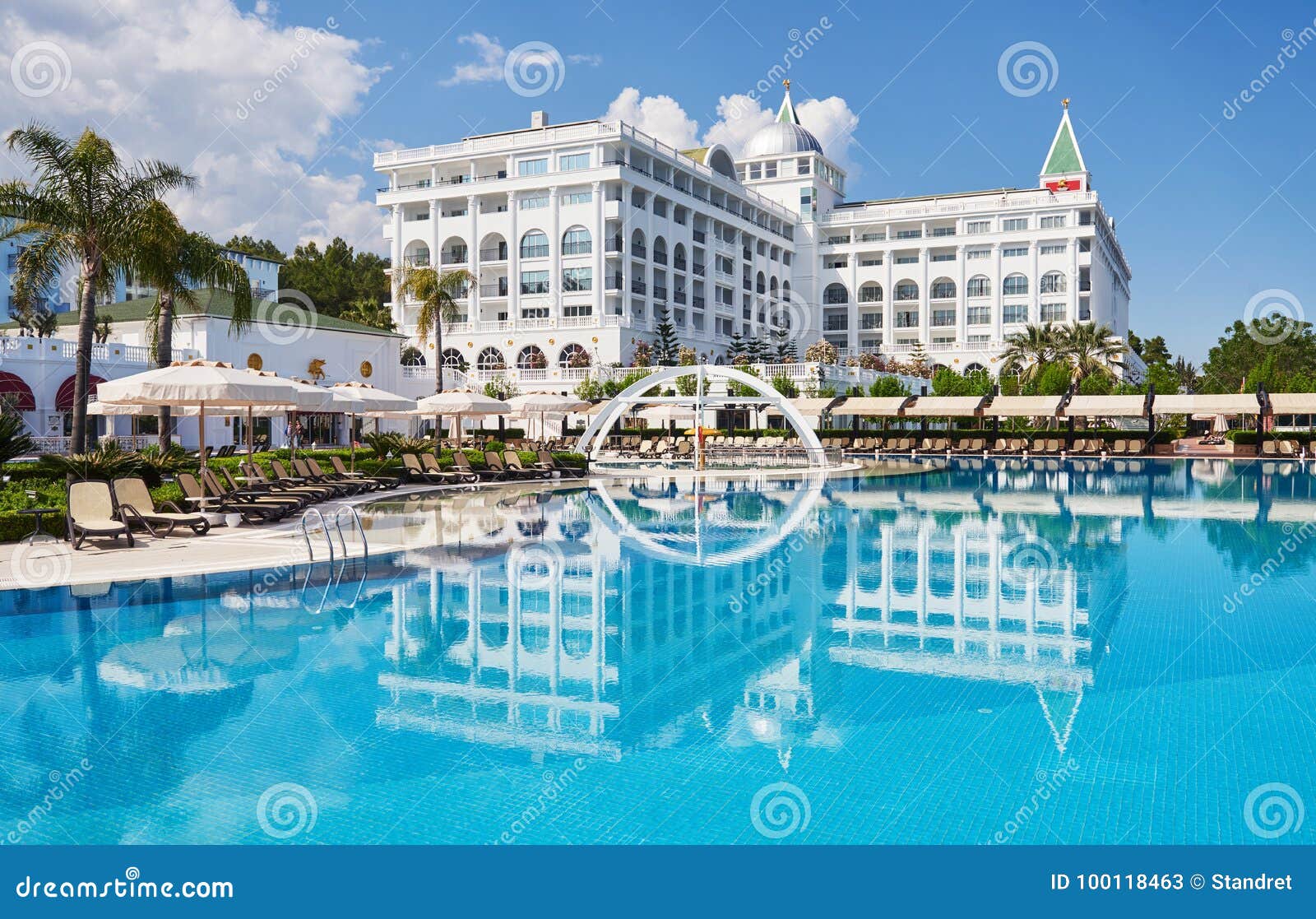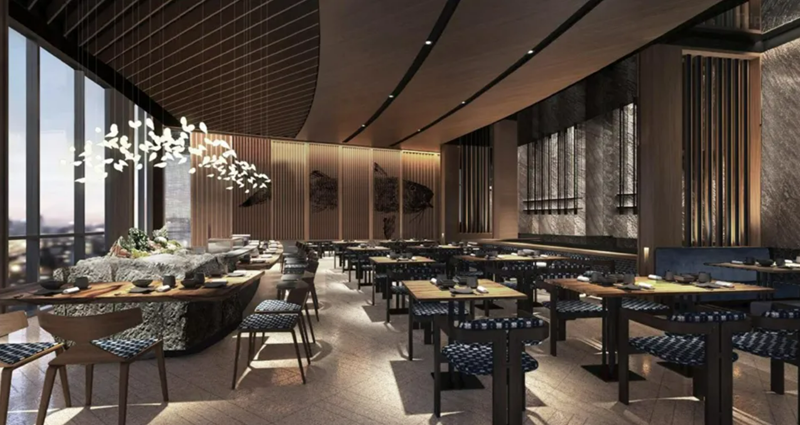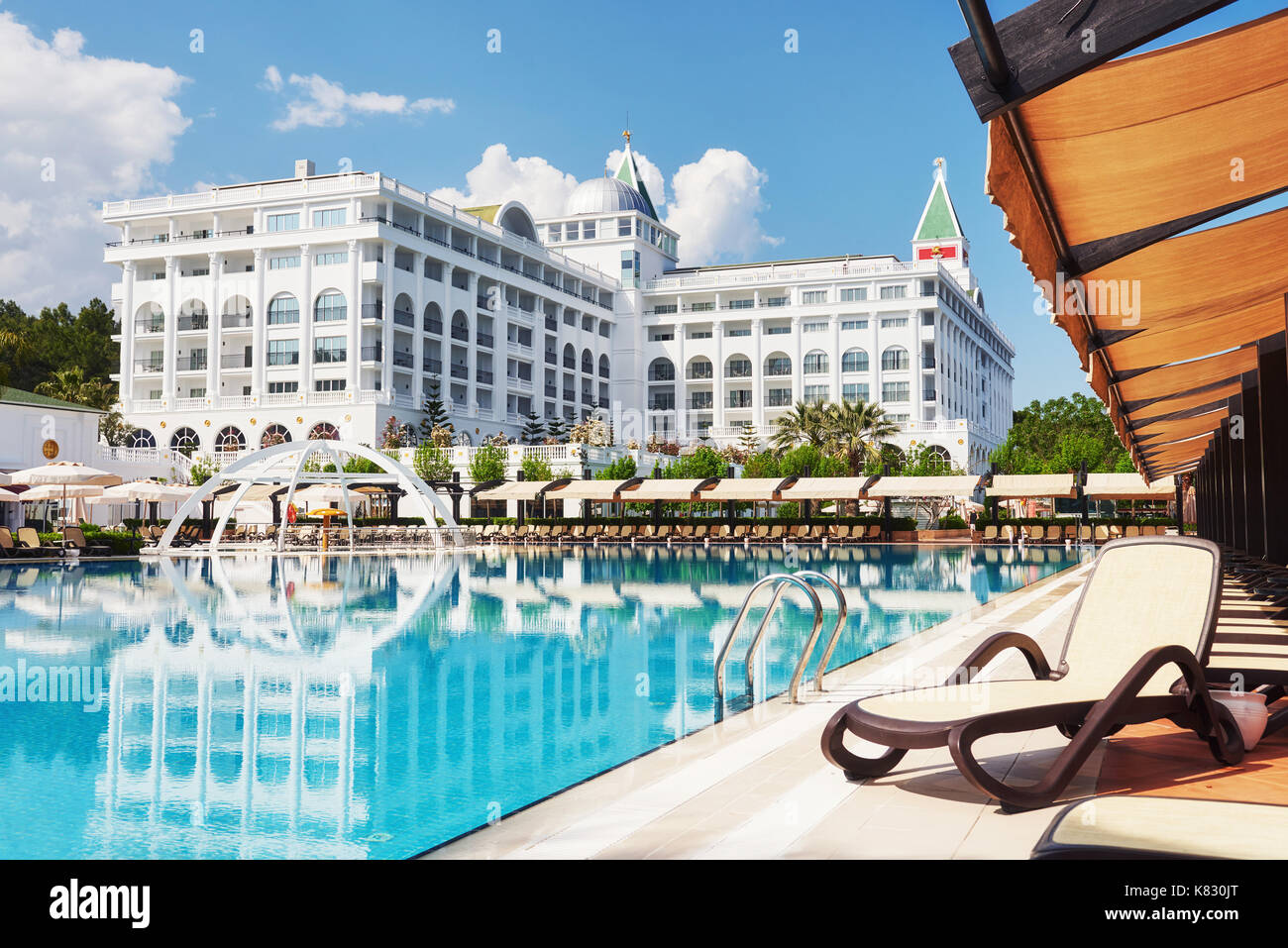Iconic Site Ignoring the Sarawak River in Kuching
Perched wonderfully on the banks of the Sarawak River in Kuching stands a legendary site that has held up against the test of time. Past its physical existence, this landmark holds a deep cultural significance, offering as a focal point for regional traditions and ideas.
History and Beginnings
The historic and famous spots in Kuching holds a rich and appealing background that dates back several centuries. Over the years, the site advanced from a defensive fortification to a sign of Kuching's social heritage and a testament to its early american past.
As Kuching developed and updated, the spots underwent several improvements, each stage including layers to its historical importance. Today, it stands as a prominent visitor destination, drawing visitors from all over the world to admire its design and immerse themselves in its fabled past - Golden Bridge Kuching. The blend of colonial and regional influences in its design shows the varied cultural heritage of Sarawak, making it not just a physical structure yet a living testament to the area's background
Architectural Wonders

The site's strategic area ignoring the Sarawak River even more boosts its charm, offering breathtaking views that complement the architectural grandeur. Using long lasting materials and experienced craftsmanship not just makes sure the longevity of the structure but likewise highlights the skill and creativity of the architects and building contractors included in its building and construction.
Visitors wonder at the seamless assimilation of historic appeal with modern-day features, providing a look right into Kuching's rich past while welcoming contemporary comforts - Golden Bridge Kuching. The building marvels of this famous spots stand as a testament to the multiculturalism and architectural innovation existing Sheraton Kuching Hotel in Kuching, making it a must-see location for enthusiasts of style and background alike
Cultural Relevance
Welcoming a rich tapestry of customs and heritage, the famous spots in Kuching symbolizes a profound social heritage that reverberates deeply with visitors. The landmark acts as a testament to the varied cultural influences that have shaped the identification of Kuching and its individuals over the centuries. From the complex carvings decorating its facades to the typical efficiencies held within its wall surfaces, every aspect of the landmark is steeped in cultural value.
The site plays an essential role in cultivating cultural exchange and understanding, serving as a conference point for people from all strolls of life to come together and commemorate their common heritage. In essence, the iconic site in Kuching stands as a beacon of social pride and unity for both locals and visitors alike.
Scenic Views
Supplying a sweeping view of the cityscape, the iconic spots in Kuching offers visitors with awesome panoramic sights that capture the significance of this dynamic metropolitan area. Perched wonderfully ignoring the Sarawak River, the panoramic sights from this perspective display the harmonious mix of modernity and tradition that specifies Kuching. The sprawling metropolitan landscape unfolds underneath visitors' look, with towering high-rises juxtaposed versus historical buildings and lavish greenery.


From this viewpoint, site visitors can witness the busy task of the city listed below, with watercrafts sliding along the river and the balanced circulation of traffic weaving through the streets. As day transitions into evening, the breathtaking sights change right into a glittering tapestry of city lights, casting an enchanting radiance over Kuching's sky line. The breathtaking views from this famous site use an unique perspective of Kuching, allowing visitors to value the city's elegance and dynamism from a bird's- eye sight.
Regional Legends and Stories
From the vantage point of the famous landmark in Kuching, a tapestry of regional tales and tales weaves through the city's abundant tapestry, including depth and intrigue to its dynamic landscape. These stories are as varied as the cultures that call Kuching home, showing the city's modern heritage. As visitors discover the city, led by these stories, they acquire a much deeper appreciation for Kuching's history and the customs that proceed to form its modern-day identity.
Conclusion
